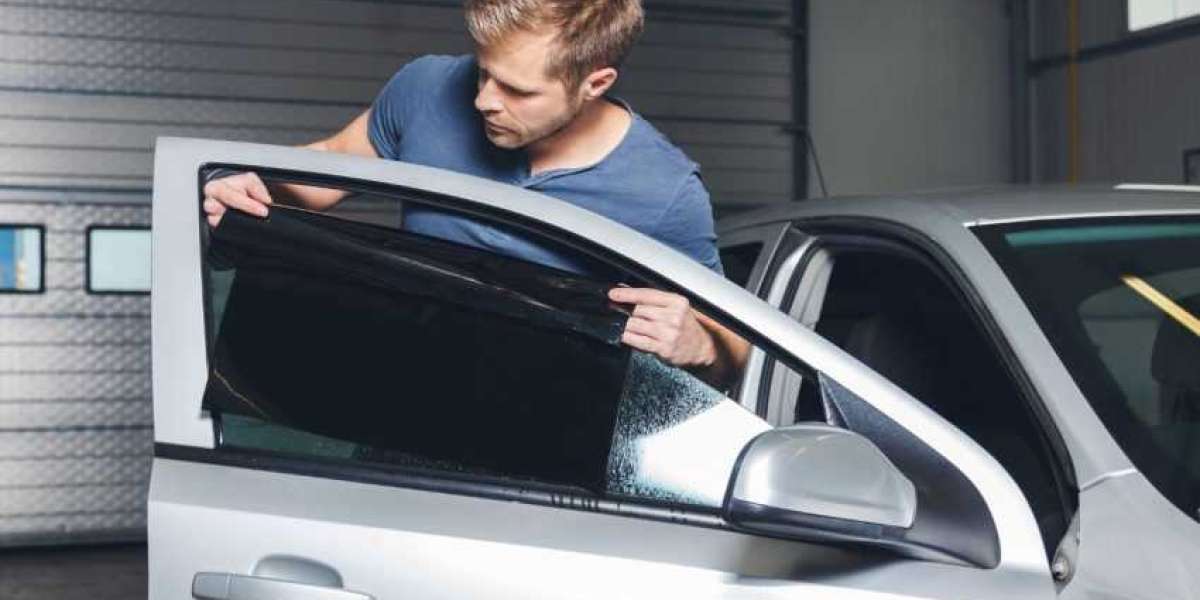Automotive window tinting is not just about aesthetics; it serves numerous practical purposes that enhance the overall driving experience. From reducing glare and UV exposure to improving privacy and security, tinted windows are increasingly becoming a popular choice among vehicle owners.
However, the variety of styles, shades, and techniques can be overwhelming. In this article, we will explore the different aspects of automotive window tinting, helping you understand what suits your needs best.
The Importance of Window Tinting
Before diving into the specifics, it’s crucial to understand why window tinting matters. The benefits include:
UV Protection: Automotive Window Tinting blocks up to 99% of harmful UV rays, protecting both passengers and the vehicle’s interior from sun damage.
Heat Reduction: Tints can significantly lower the interior temperature, making your car more comfortable and reducing the need for air conditioning, which can save on fuel.
Glare Reduction: Tinted windows reduce glare from the sun and headlights, enhancing visibility and safety while driving.
Privacy and Security: Tints offer privacy for passengers and belongings, making it less appealing for thieves.
Aesthetic Appeal: A well-tinted car can enhance its overall look, giving it a sleek, polished appearance.
Window Tinting Styles
Window tinting is not a one-size-fits-all solution. There are various styles available, each serving different purposes and preferences:
Dyed Window Tint: This is one of the most common types, consisting of a layer of dye between an adhesive and a protective layer. Dyed tints are affordable and provide a dark appearance. However, they don’t offer as much heat reduction as other types.
Metalized Window Tint: This style incorporates tiny metallic particles, which reflect heat and UV rays. Metalized tints are durable and resist fading, but they may interfere with GPS and mobile signals.
Ceramic Window Tint: This high-performance option is made of non-metallic, ceramic particles. It blocks heat effectively without interfering with signals. Ceramic tints are generally more expensive but offer superior performance and durability.
Carbon Window Tint: This type offers a matte finish and blocks UV rays and heat without metallic elements. Carbon tints don’t fade over time and maintain their effectiveness.
Hybrid Window Tint: Combining the benefits of dyed and metalized films, hybrid tints offer good heat rejection and aesthetic appeal while being less prone to interference with signals.
Shade Levels
The effectiveness of Automotive Window Tinting is also influenced by its shade level, which is typically measured in VLT (Visible Light Transmission). The lower the VLT percentage, the darker the tint. Here are the common shade levels:
Limo Tint: With VLT levels as low as 5%, this tint offers maximum privacy but may be too dark for legal driving in many states.
Dark Tint: Usually around 20% VLT, this tint provides a significant reduction in glare and UV rays while still being legal in many areas.
Medium Tint: At about 35-50% VLT, this tint allows for good visibility while offering decent UV protection and glare reduction.
Light Tint: Typically around 70% VLT, this tint is more about UV protection and style rather than privacy, making it a good option for those who want a subtle look.
Techniques for Tinting
The application of window tint involves various techniques, each impacting the final appearance and performance:
Pre-Cut Kits: These kits come with pre-measured and pre-cut tints specific to vehicle models. They are user-friendly and suitable for DIY enthusiasts, but professional installation often ensures a better fit.
Bulk Film Application: Professionals often use bulk film, which allows for custom cuts and adjustments. This technique is ideal for achieving a seamless look, particularly on curved windows.
Heat Shrinking: This technique involves applying heat to the film, allowing it to conform to the shape of the window. It’s essential for ensuring a perfect fit and avoiding bubbles.
Wet Application: This method involves applying the tint with a soapy solution, allowing for repositioning before it adheres. This technique is useful for preventing bubbles and achieving a smooth finish.
Legal Considerations
Before proceeding with window tinting, it’s important to understand the legal restrictions in your area. Each state has its regulations regarding the permissible levels of tint on different windows. Typically, front windshields must allow a certain percentage of visible light, while rear windows may have fewer restrictions. Failing to comply with these laws can result in fines or the requirement to remove the tint.
Conclusion
Automotive window tinting is an art that combines style, functionality, and legal considerations. By understanding the various styles, shades, and techniques available, you can make an informed decision that enhances both the aesthetic and practical aspects of your vehicle. Whether you prioritize UV protection, heat reduction, privacy, or simply want to elevate your car’s look, there’s a tint option that meets your needs.














